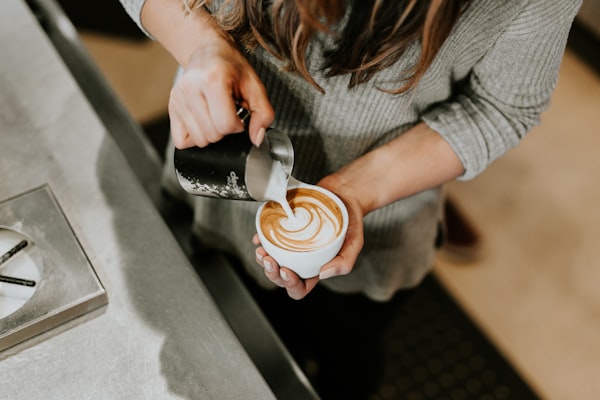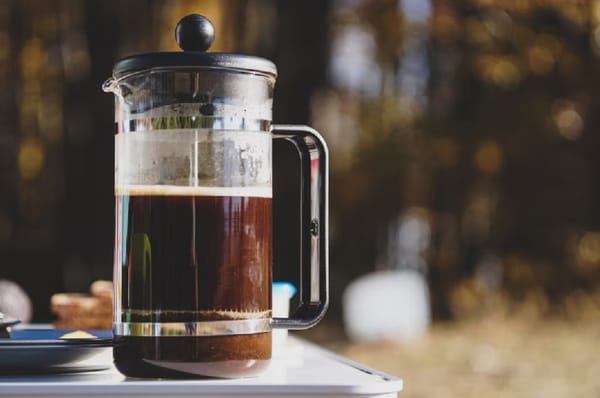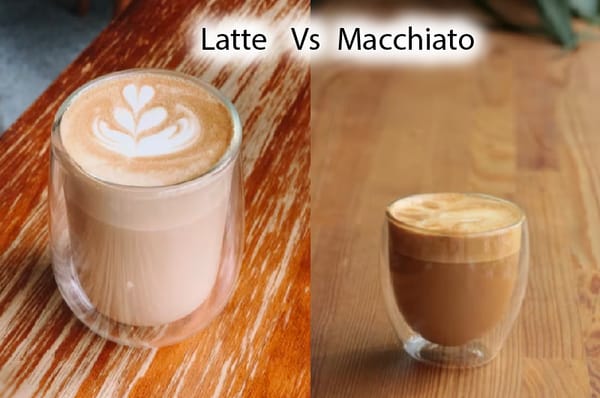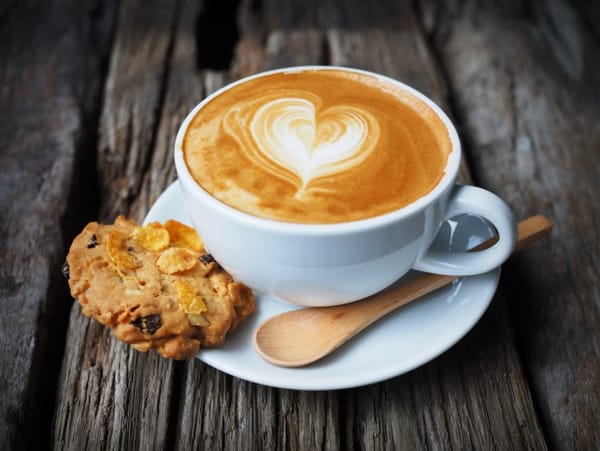Coffee Roasts – Everything You Need to Know
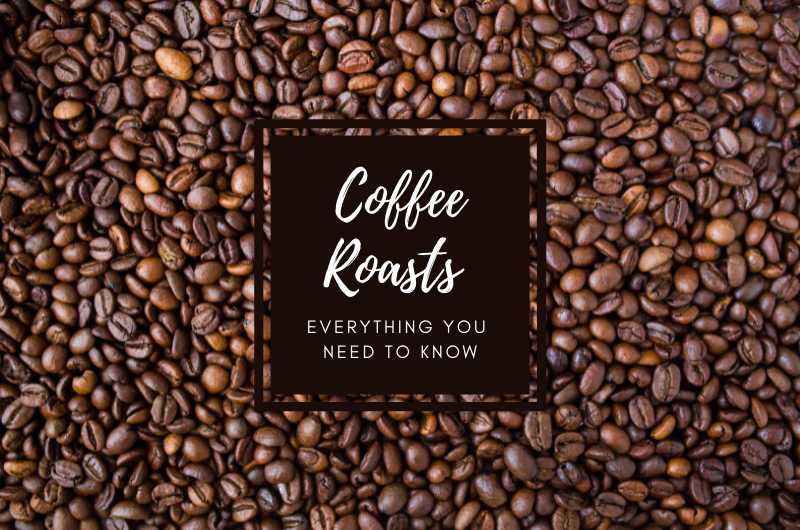
While choosing a jar of coffee in the grocery store, one often gets lost among the ocean of options. And the overwhelming variety of coffee roasts makes you wonder if there’s an easy way to know which one is the best for you.
Of course, the roasting process holds significance for the consumers as the end product’s taste highly depends on the type of roast. To help you explore the world of coffee bean roasting, we’ve put together this guide that will explain all about coffee roasts, so you’re never again standing perplexed in the coffee aisle. Let’s dive straight into the details.
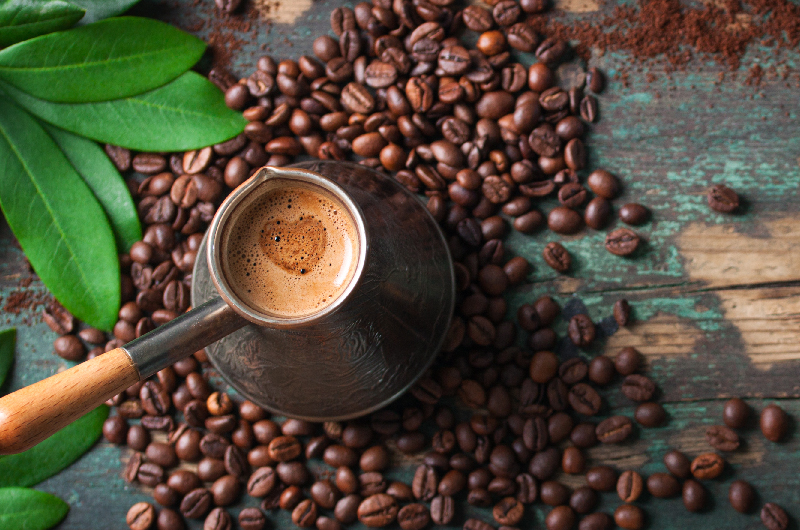
What are Coffee Roasts?
A traditional cup of Joe holds an iconic flavour loved by many but did you know coffee beans go through many changes before they can accessorize your kitchen shelf? A green coffee bean has a grassy, mild taste which isn’t suitable for direct consumption. Hence people came up with coffee roasting processes that can turn the beans brown and bring out the traditional aroma and flavors we all admire. The roasting is carried out under specific temperature conditions, and any delay of mere seconds can affect the color and taste of the coffee beans.
The type of coffee roast determines the flavor profile of the final batch where people choose their preference of light, medium, medium-dark, and dark coffee beans. Of course, the characteristics of coffee depend on the geographical location of the beans. But surprisingly, the roasting process matters a ton too.
The Dilemma with Coffee Roast Names:
The coffee roasting process is not definitive across the globe as people tend to be creative while going through with the process. Although the primary roasting method stays the same, experts are often skilled in reading the beans’ current state and adjusting their approach to build a flavor profile everyone loves.
But this variety leads to confusion with the consumers who feel overwhelmed due to the sheer number of options available. Regardless we’ll explain the significant coffee roast types, so you are well-informed before making your next purchase. Take a look:
What are the Main Types of Coffee Roasts?
If you’re wondering about the main types of coffee roasts, we’ve simplified them into four categories for you to understand the necessary details better. Here they are:
Light Roasted:
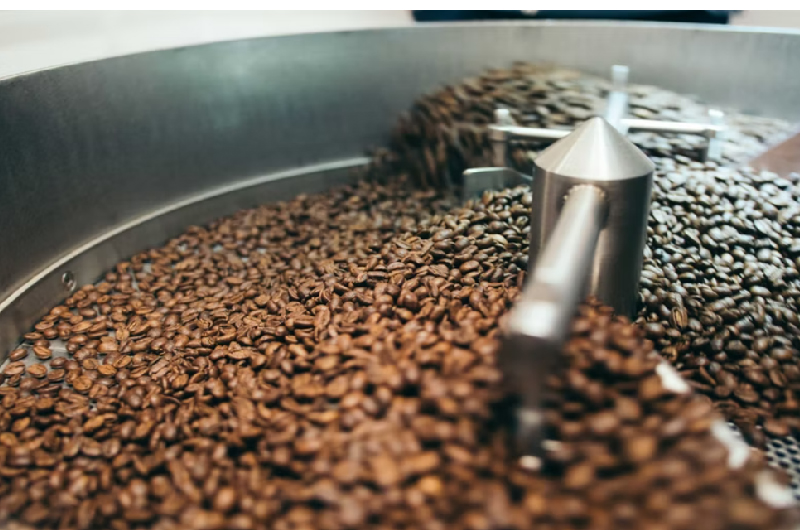
The first roast type on our list is for the audience that strays away from solid coffee and prefers a soft cup to refresh their senses. These beans have the lowest roast time and are light-brown in color due to limited exposure to heat. Most notably, lightly roasted coffee beans take longer than other types to extract correctly. So it is best to brew it slowly and opt for fine-grind methods for ideal results.
In this method, the oil inside the coffee beans does not have enough time to reach the surface. This event leads to coffee beans having more acidity and caffeine content, ideal for fruity coffee cups. Since they aren’t subjected to much heat, the coffee beans will have less aroma than other types. If you like fruity coffee cups with light, joyful flavors, lightly roasted coffee beans are a perfect choice.
You can also prepare a cold coffee brew using lightly roasted beans for ideal results. As the cold brewing process will cut down the acidic content inside your cup, it’ll be much easier to enjoy it even if you have sensitive taste buds.
The typical examples of light-roasted coffee beans are Cinnamon Roast, Light City, New England, Half City, and White Coffee.
Medium Roasted:
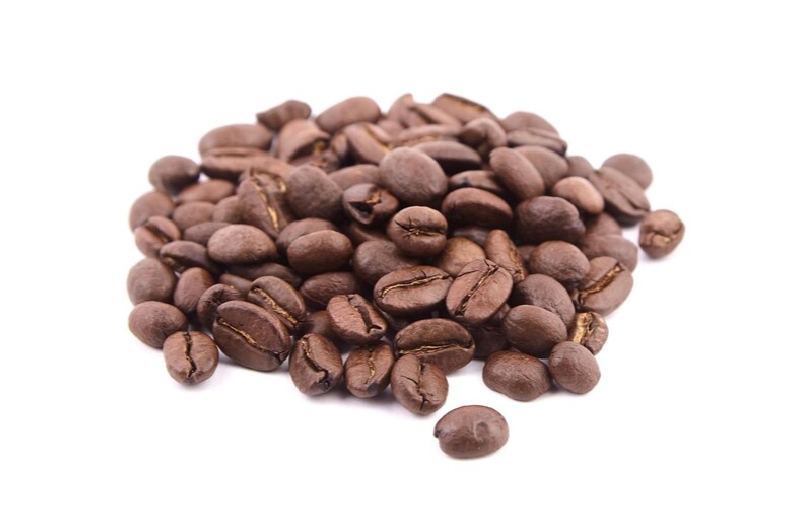
Medium roasts are brown and provide a more balanced approach to coffee bean roasting for a consistent flavor across the batch. The primary characteristics of coffee are enhanced but not too much to find the perfect balance of flavor, aroma, and acidity. Medium roasted batches don’t have an oily surface like lightly roasted beans.
If you choose medium roasts, you’ll be dealing with a chocolatey flavor with a hint of nutty nuances in every cup you prepare for yourself. Since it provides versatility across the board, you can use these beans in almost every brewing method and get the desired results. In short, an overall pleasing experience for all coffee lovers.
Naturally, medium roasts are relatively easier to extract than lightly roasted beans. So it is best to put them through a medium grind, so you don’t end up over-extracting the beans. Of course, if you’re preparing espresso, you might need a fine grind, but since espresso is quick to make, there won’t be time for the coffee beans to get over-extracted, and you’ll end up with a fantastic cup of Joe.
Medium roasted coffee beans are the most popular in many parts of the US, and the common examples are America, Breakfast, City, Medium, and Regular.
Medium-dark Roasted:
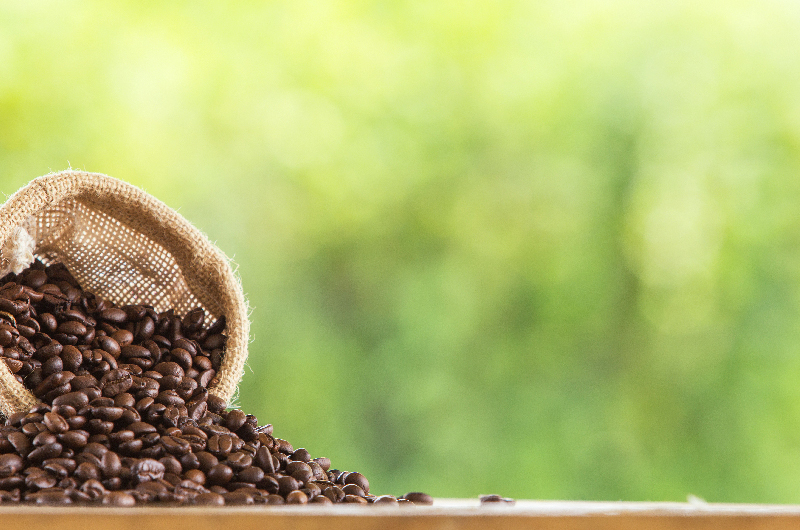
Now we’re entering the dark coffee lovers’ category, where if you want to kick your coffee intake up a notch, you can opt for medium-dark roasted beans. This type of beans holds a strong flavor, brown color, and rich aroma to intoxicate anyone who strays too near (especially a coffee lover). It contains the iconic bittersweet aftertaste of coffee that wakes you up every morning.
Medium-roasted beans are relatively darker in color than the previous two options and have a consistent oily surface over beans. Since they are heated for a long time, they become more aromatic with a thicker consistency and have a lower acidic level.
The taste profile lies somewhere between dark chocolate and bittersweet almonds encapsulated inside a bold body that looks surprisingly awesome sitting on your kitchen shelf. While extracting your coffee, make sure that you steer clear of fine or medium grinds so your coffee doesn’t taste extra bitter. Coarse grind can be ideal in this case, especially if you’re using a French press. You can also try a medium-coarse grind whenever necessary to preserve the flavors and not let the coffee taste too bitter.
Common examples of medium-dark roasted beans are Full City, Light French, Light Espresso, Continental, Viennese, and After Dinner.
Dark Roasted:
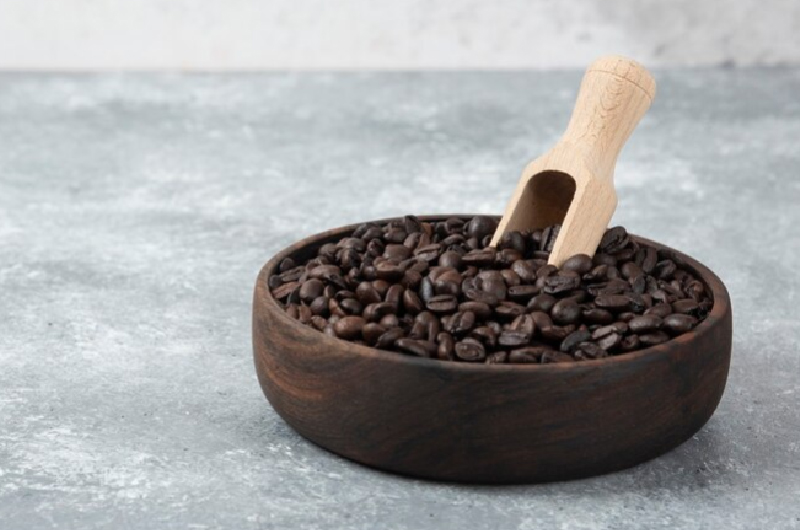
This type is for people looking for the iconic Starbucks taste in their coffee. The dark roast coffee beans are heated the longest among all classes until their color turns dark brown or even black. Since the heating time is extended, the coffee beans release excess oil that shines on the surface and is responsible for the bitter yet pungent aftertaste.
While preparing a cup of coffee using dark roasted coffee beans, it is best to try a medium-coarse grind, so you don’t end up making your beverage too bitter. Dark roasted coffee beans extract quickly, so ensure that you’re not letting it brew for long. Of course, the ideal way to about things is by testing the waters and figuring out the best possible solution to get a cup of coffee that rejuvenates your soul. So experiment and try the many grind methods to find the one best suited for you.
Dark roasted coffee beans feature a strong taste and a gleaming body, making them popular in many regions of the US and Europe. Dark, High, Espresso, European, Neopolitan, New Orleans, Spanish, Italian, and French are typical dark roasts.
What roast is best for coffee?
Although it highly depends on personal preference and geographical influence, the medium roast is often considered the best roast for coffee. It has all the nuances of traditional coffee beans while not being burnt out or bitter. It also isn’t very oily and you’ll be surprised how sweet your coffee cup can taste even without adding cream or sugar.
Of course, you can explore the different types of roasts to identify those that suit you best. If you’re skeptical or don’t want to buy separate cans of coffee roasts, opt for medium-roast as it’s the safest option.
Can I Roast My Coffee Beans?
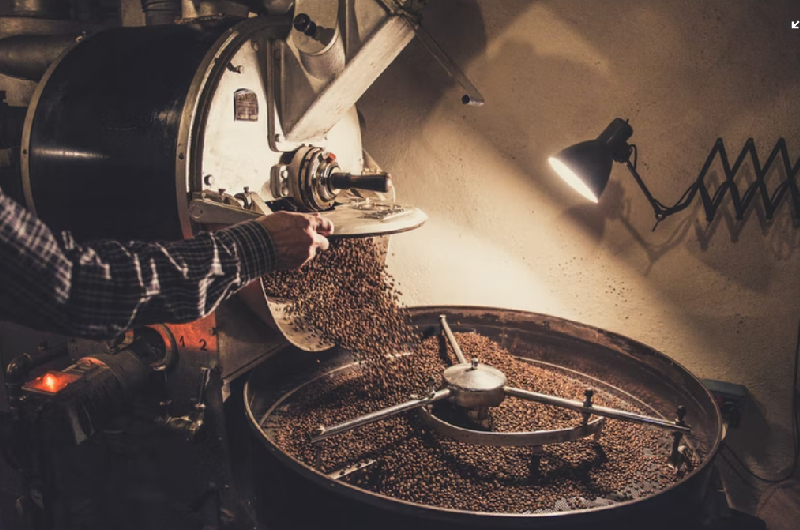
Yes. You can easily roast your coffee beans at home to personalize the process as much as you want and obtain the desired variety of coffee beans. All you need is a Coffee Roaster.
For Light-Roast: Take a batch of green coffee beans and roast them in the Coffee Roaster until the first crack happens. This temperature is around 356 to 401 degrees Fahrenheit.
For Medium Roast: Roast green coffee beans before the second crack happens. This temperature should be between 410 and 428 degrees Fahrenheit.
For Medium-Dark Roast: Roast green coffee beans until after the second crack. This temperature should be between 437 and 446 degrees Fahrenheit and oils will appear on the surface of the beans.
For Dark Roast: Roast green coffee beans for a few minutes after the second crack happens. There will be tons of oil on the coffee beans, and the temperature will be around 464 to 482 degrees Fahrenheit.
Conclusion:
There you have it all. We have explained all four significant types of coffee roasts in great detail, so the next time you’re purchasing a batch, you’ll be well-equipped to make an informed decision. If you feel like you’re bored of your current roast choice, you can explore and find out the best possible brew for you that aligns perfectly with your intake goals. You’ll be surprised how different coffee can taste if you dive into all the options. Cheers!

